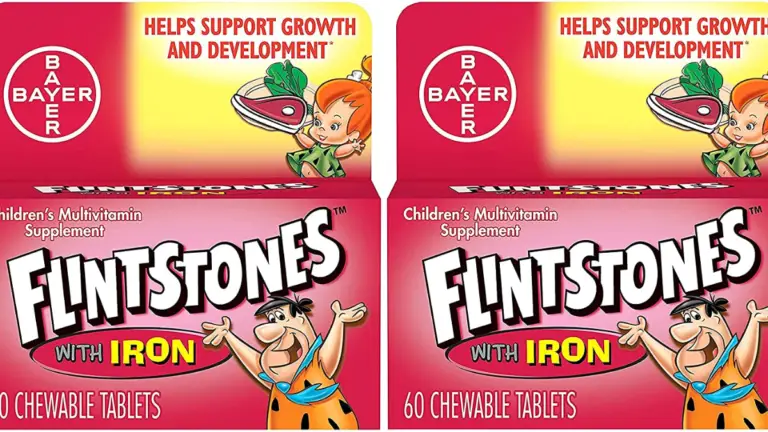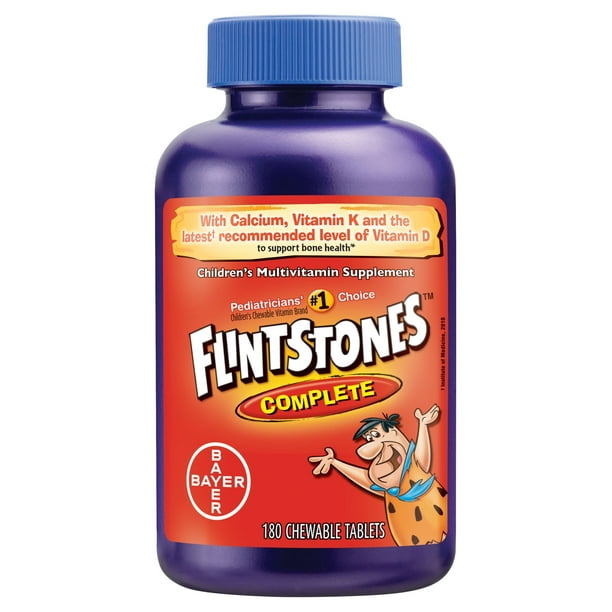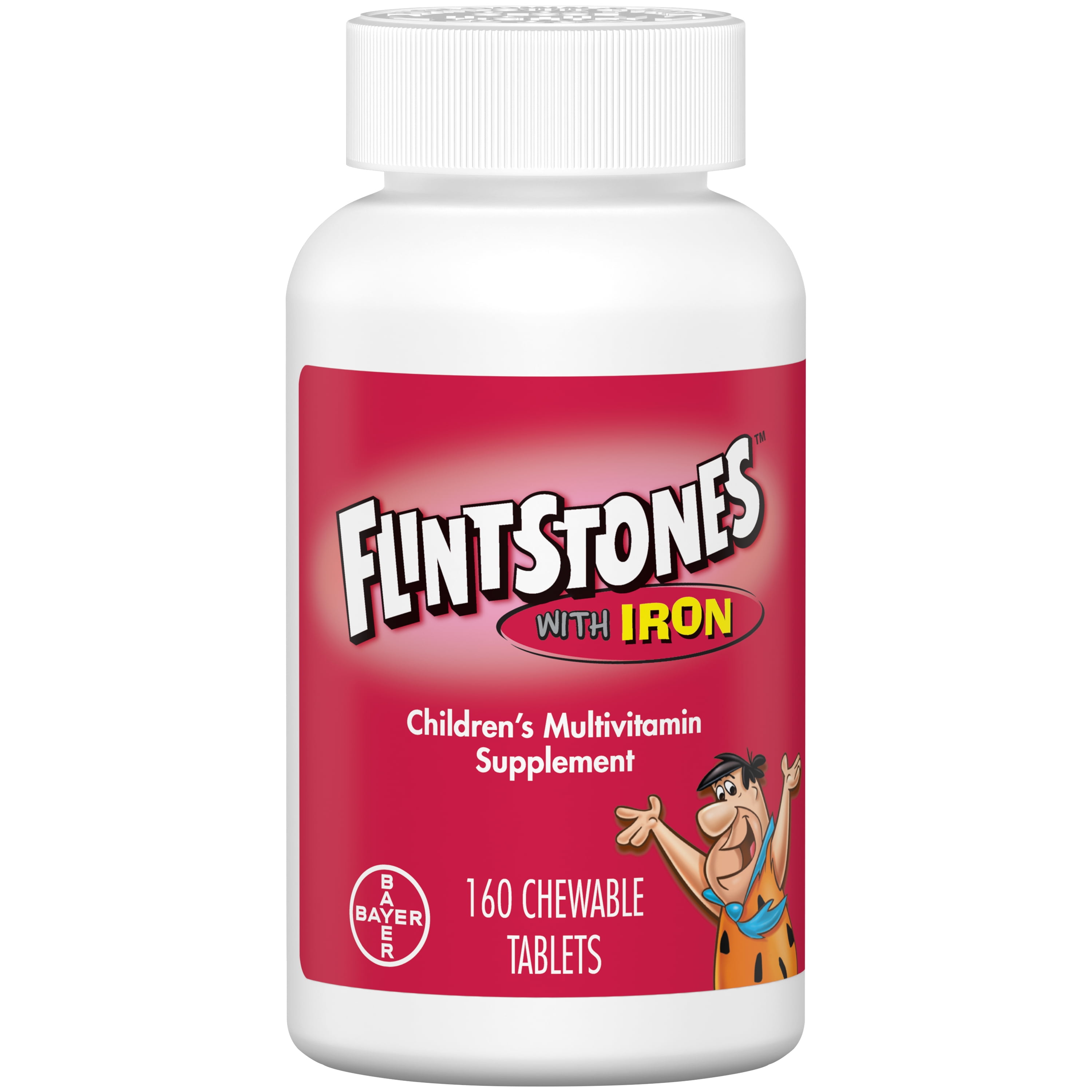Does Flintstones Complete Have Iron

Imagine a bustling breakfast table, filled with the excited chatter of children eager to start their day. Sunlight streams through the window, illuminating bowls of brightly colored cereal. Little hands reach for the familiar purple, green, and orange dinosaur-shaped pieces. But among the sugary goodness, a question lingers in the minds of health-conscious parents: Does this childhood favorite, Flintstones Complete, truly live up to its name and provide the iron kids need?
The burning question for many parents revolves around the iron content of Flintstones Complete vitamins: Does it contain iron, and if so, is it a sufficient amount for a child's daily needs? The answer, though seemingly simple, requires a deeper dive into the vitamin's formulation, regulations, and evolving nutritional science.
The Legacy of Flintstones Vitamins
For generations, Flintstones Vitamins have been a staple in many households. These chewable vitamins, inspired by the iconic cartoon family, promised a fun and easy way to ensure children received essential nutrients. The colorful, dinosaur-shaped pills were marketed as a tasty alternative to traditional, less appealing vitamins.
Initially introduced in 1968 by Miles Laboratories (later acquired by Bayer), Flintstones Vitamins quickly gained popularity. They tapped into the cultural zeitgeist, associating healthy eating with the beloved characters from Bedrock.
Iron in Children's Nutrition
Iron is an essential mineral that plays a crucial role in a child's growth and development. It is a key component of hemoglobin, the protein in red blood cells that carries oxygen throughout the body.
Inadequate iron intake can lead to iron deficiency anemia, a condition that can cause fatigue, weakness, impaired cognitive function, and a weakened immune system. Children, especially those between 6 months and 3 years old, are particularly vulnerable to iron deficiency due to their rapid growth rate.
Flintstones Complete: A Closer Look at the Ingredients
The formulation of Flintstones Complete vitamins has evolved over time. Reading the product label is the most reliable way to determine the current iron content.
Historically, some formulations of Flintstones Complete did contain iron. However, due to concerns regarding accidental iron overdose in children, many multivitamins, including Flintstones Complete, have significantly reduced or eliminated iron from their composition.
In 1997, the U.S. Food and Drug Administration (FDA) introduced regulations regarding iron content in children's multivitamins. This resulted in many manufacturers reducing or removing iron to minimize the risk of accidental poisoning, which can be life-threatening. Always consult the product label or the manufacturer's website for the most up-to-date information.
Checking the Label
The best way to determine if a specific bottle of Flintstones Complete contains iron is to carefully examine the "Supplement Facts" label. Look for iron listed among the vitamins and minerals.
The label will also indicate the amount of iron per serving and the percentage of the Daily Value (DV) it represents for children of a specific age group. Remember to compare the product's label to the current recommendation from your healthcare provider.
Beyond the Vitamin: A Holistic Approach
While Flintstones Complete can be a part of a child's overall nutritional plan, it's crucial to remember that a balanced diet is paramount. Encourage your children to consume iron-rich foods such as lean meats, poultry, fish, beans, lentils, and fortified cereals.
Pairing iron-rich foods with sources of vitamin C, like citrus fruits or tomatoes, can enhance iron absorption.
Consulting with a pediatrician or a registered dietitian is always the best approach to ensure your child's nutritional needs are being met. They can provide personalized recommendations based on your child's individual health status and dietary habits.
The Takeaway
Whether or not Flintstones Complete contains iron depends on the specific formulation, so always check the label. Even if the product does contain iron, it shouldn't be relied upon as the sole source of this essential mineral.
A balanced diet rich in iron-rich foods, combined with professional guidance, is the key to ensuring your child receives the nutrients they need to thrive.
So, as you pour that bowl of dinosaur-shaped vitamins, take a moment to reflect on the bigger picture of your child's health and well-being. It is a reminder that a well-informed and proactive approach to nutrition, guided by expert advice, paves the way for a healthy and happy future.
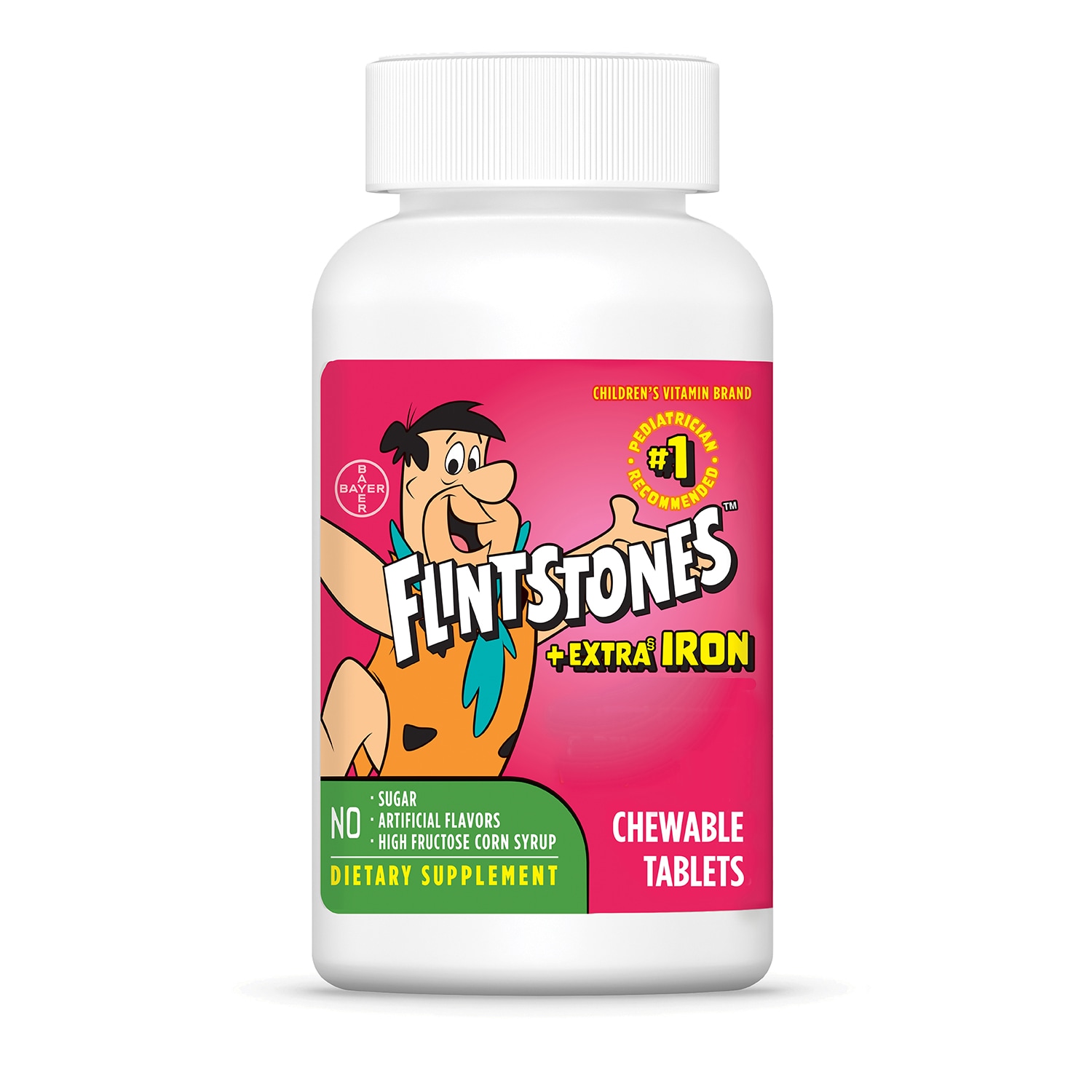
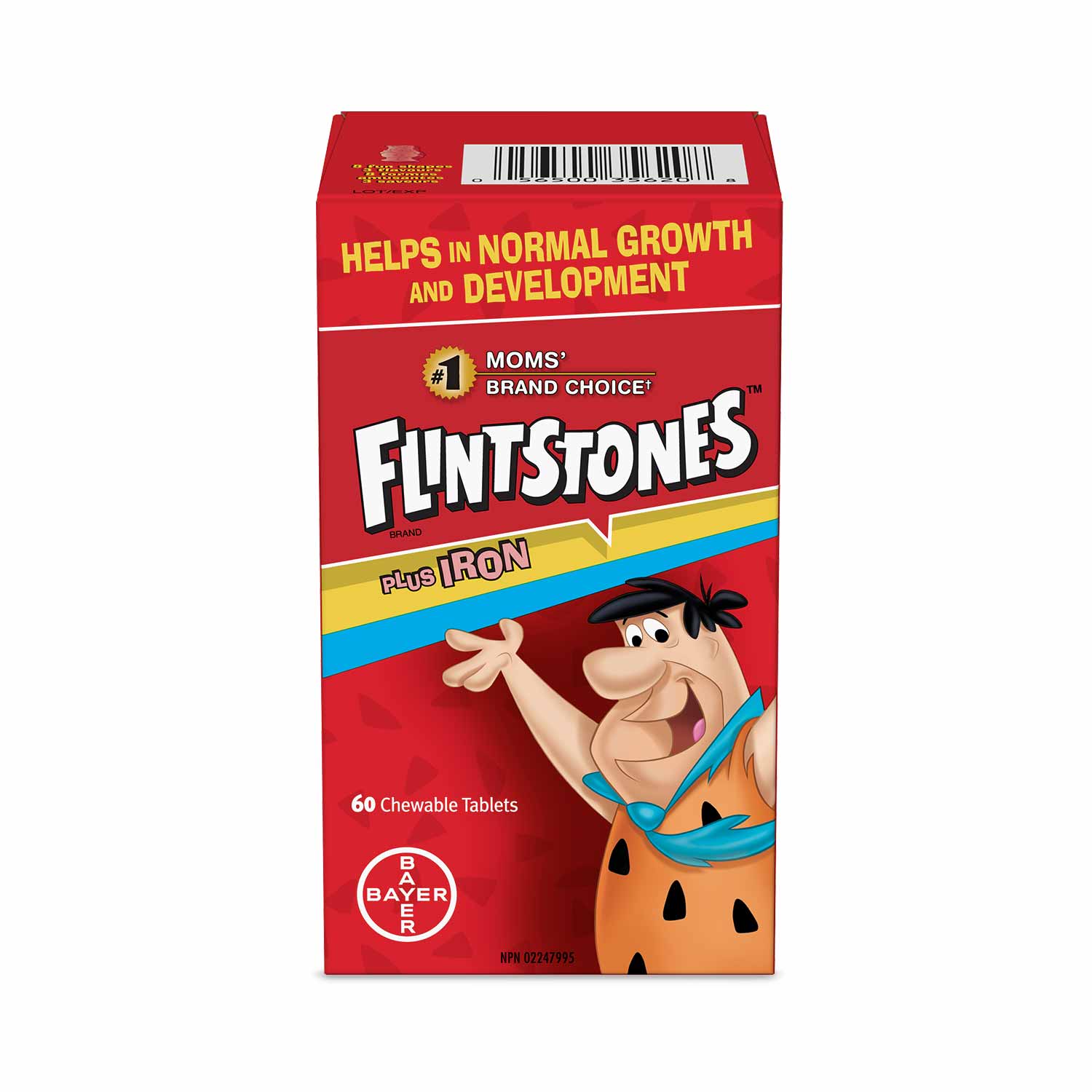
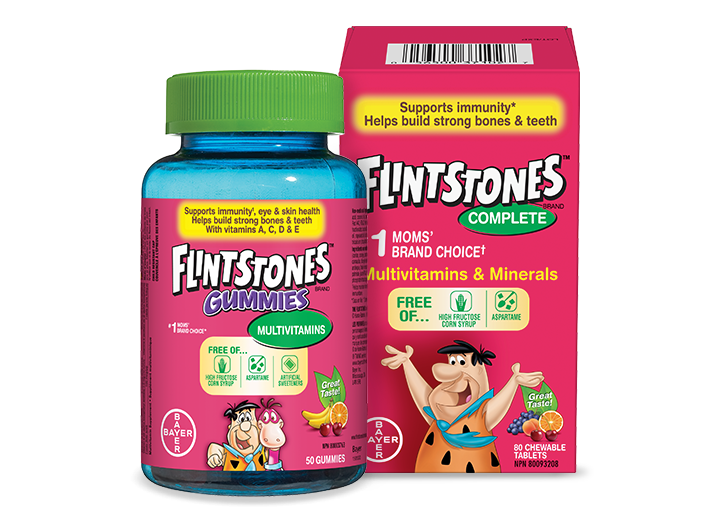
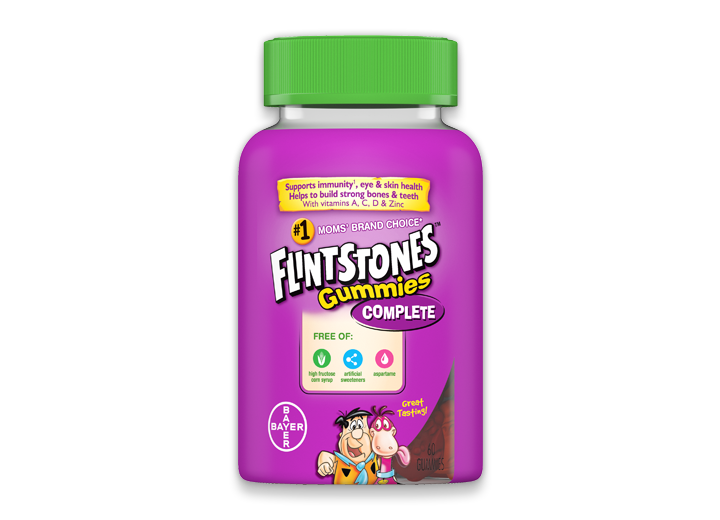




 (1) (1)_0.png?itok=afZTPkAu)

